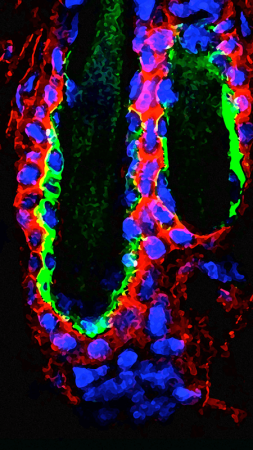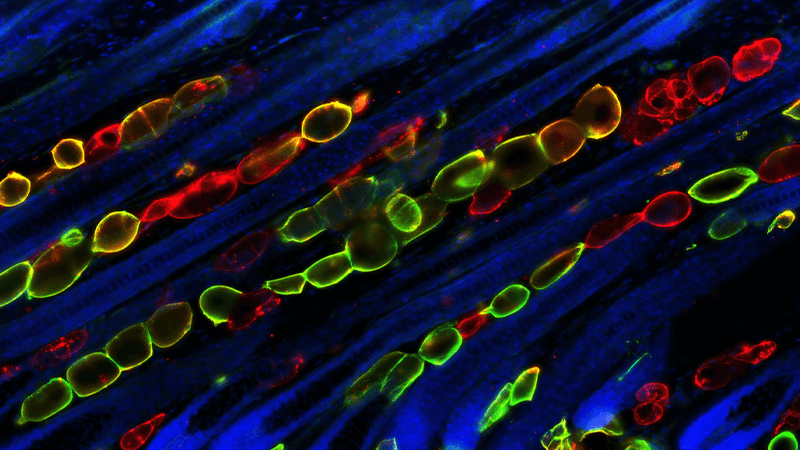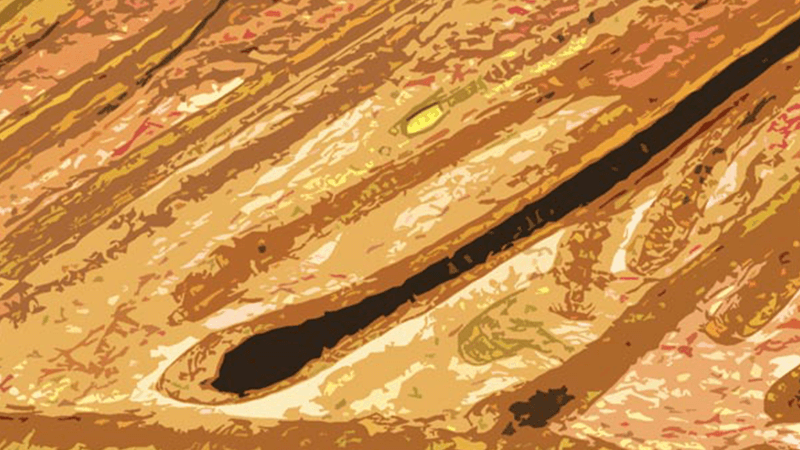Hsu Lab members Yulia and Sekyu won presentation awards at the 2019 HSCI retreat!
Hsu Lab Research
Beauty is skin deep
We use a multi-disciplinary approach including high-resolution imaging, lineage-tracing, mouse genetics, in utero surgery, flow cytometry, viral mediated rapid in vivo gene-editing, and single-cell genomics, to explore diverse cell-cell interactions in the skin during development, regeneration, and injury repair.
Areas of Investigation

The Cellular and Molecular Identity of the Stem Cell Niche
Stem cell behaviors are heavily influenced by the niche microenvironment, where stem cells reside. However, the identity of niche factors and niche cell types remains elusive for many mammalian stem cells. We have established tools and strategies to manipulate gene expression in numerous skin cell types and are using them to investigate reciprocal interactions between stem cells and niches. This research will define mechanisms that could be targeted to promote tissue regeneration or wound healing.

Function and Biology of Transit-Amplifying Cells
Somatic stem cells are often quiescent but occasionally divide to generate “transit-amplifying cells” (TACs). TACs then undergo rapid division and expansion to produce a large quantity of differentiated cells downstream.
Since TACs are the workforce of tissue production while stem cells are mostly dormant, TACs are located at an ideal juncture to orchestrate production of their own downstream progeny with critical changes in surrounding niche cell types that accommodate and support a regenerating tissue (see our review comparing TACs in the blood and the skin (Zhang and Hsu WIREs Developmental Biology).

How Systemic Changes Regulate Stem Cell Behavior
Stem cells must respond not just to the niche but to systemic signals in response to stress, pregnancy, or aging. We have established approaches to determine if and how changes in systemic factors influence cell-cell interactions, stem cell behavior, and repair of injury in the skin. We have defined several circulating factors crucial for skin stem cell function and are determining whether these factors act directly or through the niche to regulate stem cell activity and tissue regeneration.